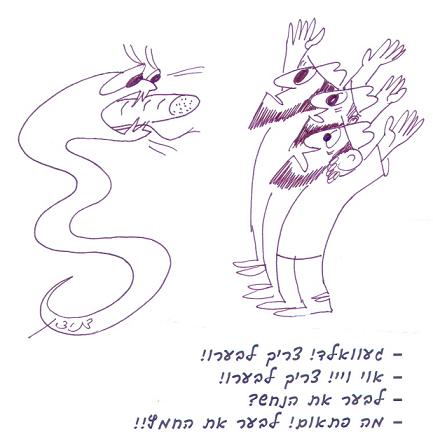
The early sages (Tanaaim) required that one check one’s house for chametz before Passover. Many instructions were given and much discussion was held about the place, the time, and the need for checking. Thus, for example, the sage Rava discussed whether one must take a ladder to retrieve a loaf of chametz bread resting on a high beam so one may destroy it? What are the issues under debate? On one hand, the bread is high up and is not likely to fall on its own, so there is no fear one would eat of it on Passover. On the other hand, sometimes bread does fall off the beam, so one might come to eat it on Passover.
This question was not settled, but led to another question raised by that same sage: if a loaf of chametz bread is in a deep hole, must one fetch a ladder to retrieve it and destroy it? What are the issues under debate? On one hand, there is no fear the bread will rise up from the hole by itself. On the other hand, sometimes people go down into hole for some purpose, and that person might eat the bread on Passover. This question, too, was not settled, but led to another: if a load of bread is held in a snake’s mouth, must one bring a trapper to get the snake and remove the bread from its mouth? What are the issues under debate? It is debatable whether the sages’ requirement to destroy all chametz holds in this situation. What are the issues under debate here? On one hand, we could think that the sages’ requirement is to destroy the chametz itself and does not demand the financial investment of hiring a snake trapper. On the other hand, it is possible that the sages’ requirement to destroy chametz also demands financial investment. These questions were not resolved.
(Babylonian Talmud, Tractate Pesachim 10b)
